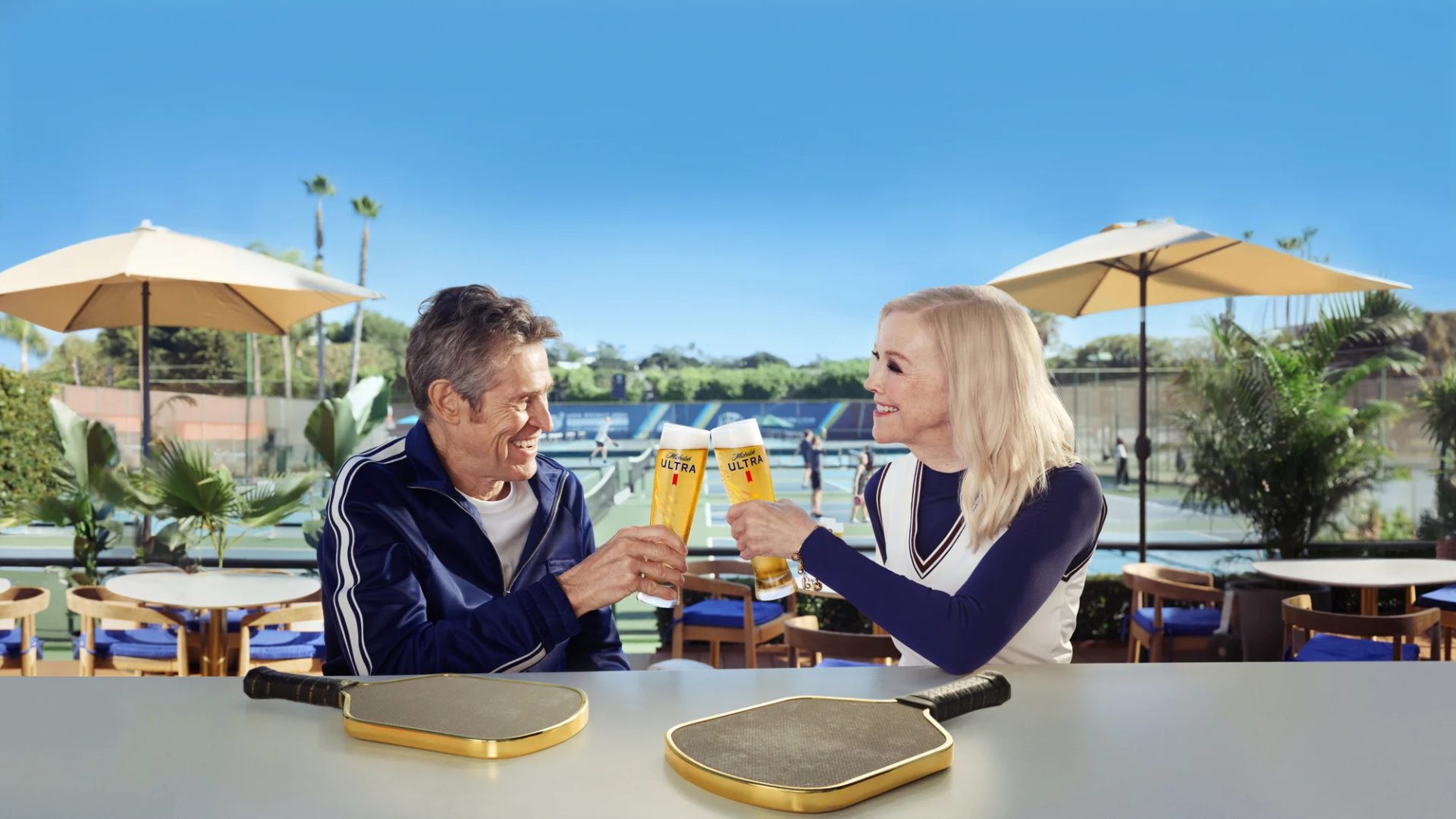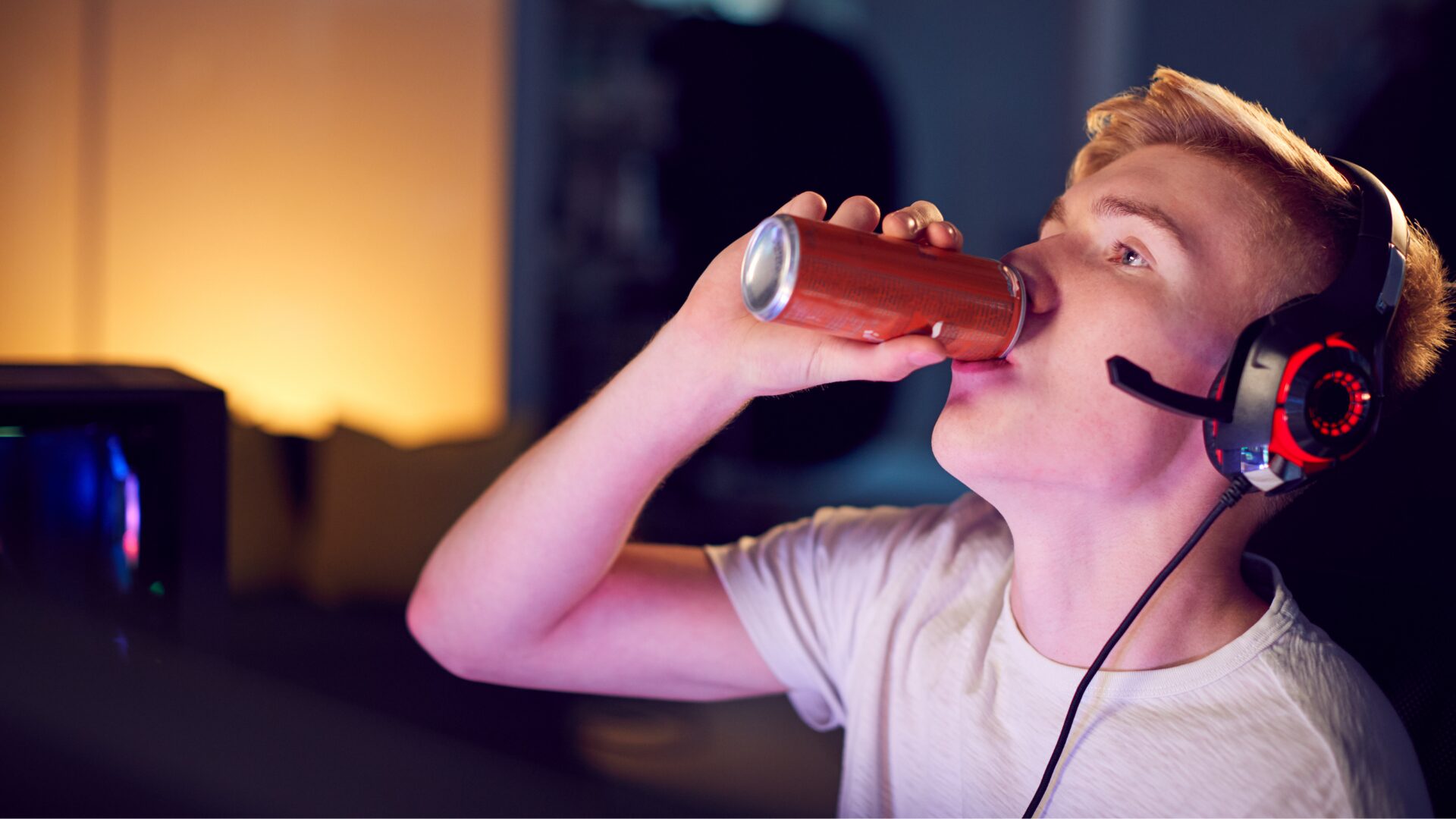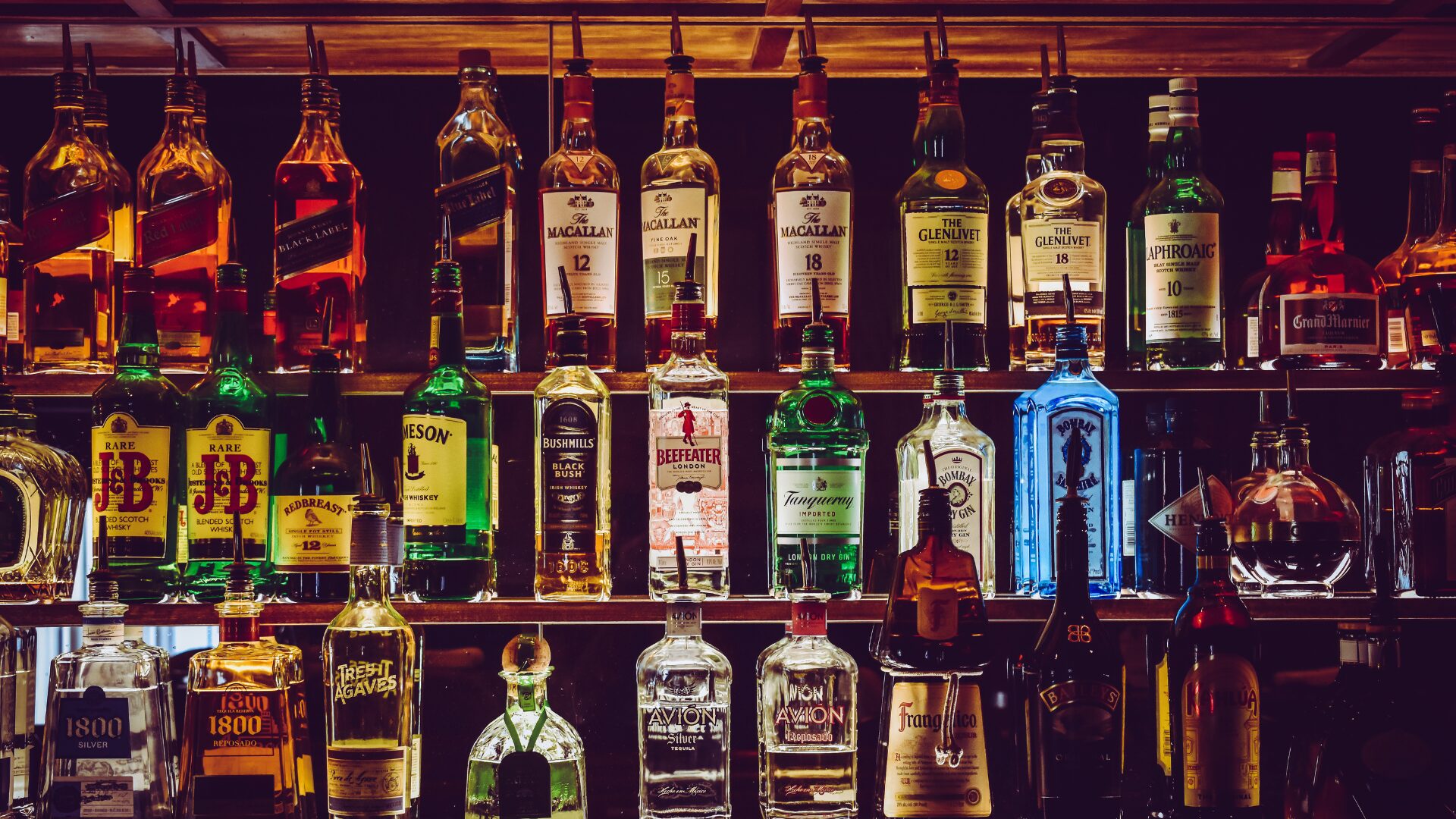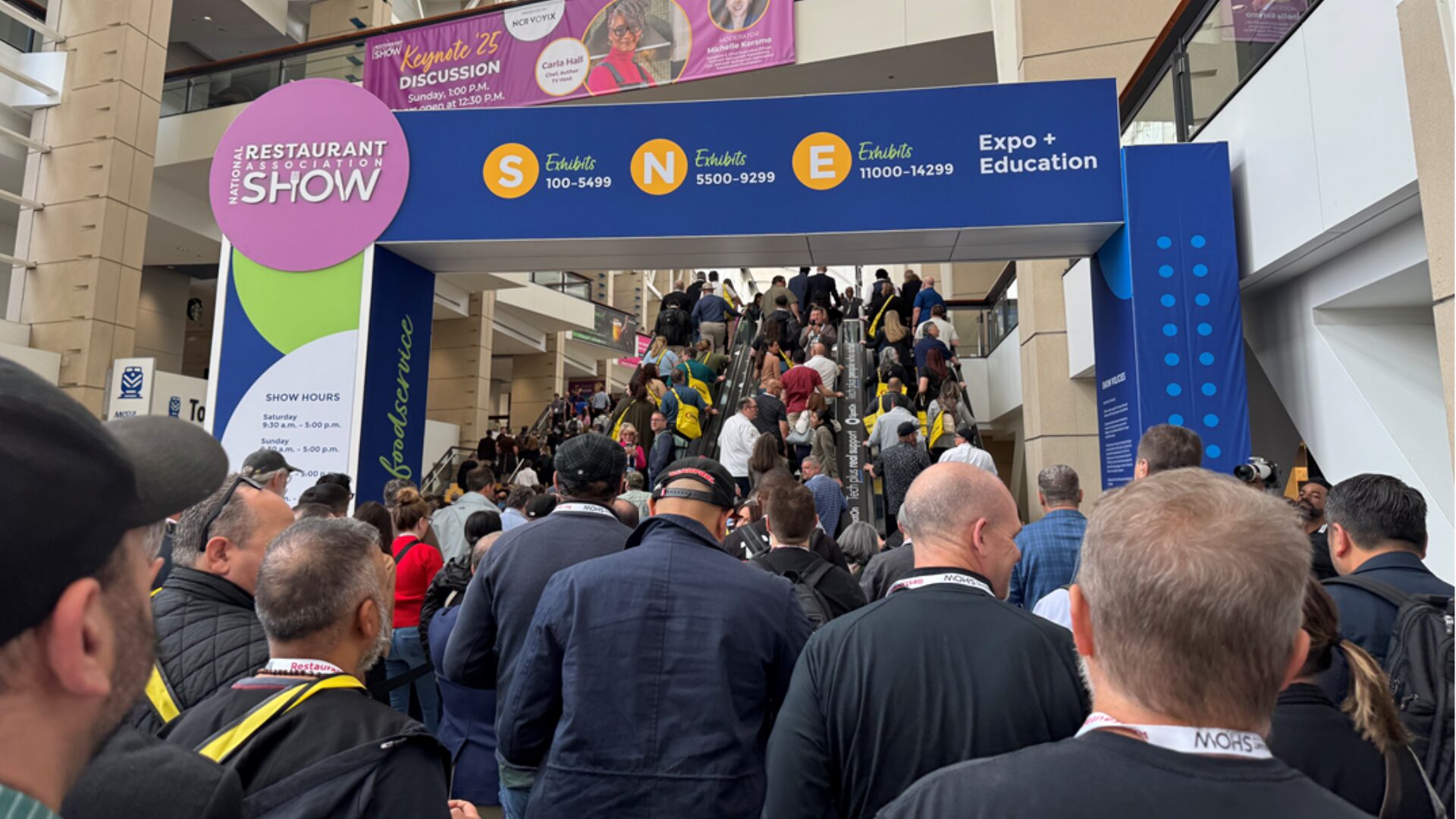COVID-19 restrictions on parades, parties and pub crawls will likely dim the mood of many this St. Patrick’s Day.
For the producers of no- and low-alcohol beverages, however, spirits remain high with a veritable pot of gold at the end of the rainbow. That is, with signs of the pandemic easing over the next several months, the no/low segment of the total alcohol beverage market is poised for tremendous growth.
In fact, market research firm IWSR says consumption of beer, wine, spirits and ready-to-drink products that contain little or no alcohol are expected to increase 31% by 2024 across 10 markets: Australia, Brazil, Canada, France, Germany, Japan, South Africa, Spain, the UK and the U.S. Collectively, these countries make up 75% of the global consumption of no- and low-alcohol beverages.
This of course begs the question…why?
Today’s consumers are more health conscious and increasingly aware of the negative effects of alcohol.
“What we’re seeing is a moderation trend that’s sweeping across key global markets, and that’s bringing with it increased demand for reduced alcohol, or alcohol-free drinks,” said Mark Meek, CEO of IWSR.
Further, millennials and Generation Z are drinking less alcohol than previous generations and consumers seeking out non-alcohol beverages now have an expansive selection of products to choose from across beer, wines and spirits.
PANDEMIC IMPLICATIONS AND M&A
While the traditional alcohol market’s exposure to bars and restaurants saw it struggle in the wake of COVID-19-related closures across the world, no/low categories have seen largely positive, albeit muted, growth, with a volume consumption increase approximately 1% in 2020, in the previously mentioned 10 markets.
While the pandemic has slowed M&A activity and product launches across all alcohol beverage categories, there have been some recent headlines in the no/low segment including:
- Chinese non-alcoholic beverage maker JDB Groupis seeking to raise at least $300 million in a funding round ahead of a potential Hong Kong initial public offering, people with knowledge of the matter said. The group, whose products include Jia Duo Bao-branded herbal tea, is working with advisers on the pre-IPO funding and has reached out to several prospective investors, reported Bloomberg. Full Story
- PepsiCo is launching a line of non-alcoholic cocktail mixers called Neon Zebra. The mixers are made with real juice and no artificial sweeteners, and come in sustainable, recyclable packaging. Full Story
- Next Frontier Brands acquired FLUÈRE Drinks B.V., a provider of distilled non-alcoholic spirits. The acquisition marks the seventh addition in the past eight months to Next Frontier Brands’ portfolio. Full Story
BEER DOMINATES THE NO/LOW ALCOHOL SEGMENT
Driven by early innovation and investment in quality, the no/low beer and cider category dominates the overall no/low market, according to IWSR, with a 92% share. Further, because of the investment in the category from the major brewers, consumers are embracing no/low beer as a quality product.
In the U.S., the non-alcohol beer market continues to grow as consumers seek out healthier lifestyles. For the 52 weeks ending Dec. 27, 2020, the non-alcohol beer segment posted dollar sales of $188.2 million, a 37.7 percent increase, in total U.S. multi-outlets, according to a recent Beverage Industry Magazine article, citing data from Information Resources Inc.
Boosting sales in the category has been the launch of Budweiser Zero in 2020 and Heineken 0.0 in 2019, as well as the introduction of a variety of full-flavored craft beers.
Sales numbers show non-alcoholic beer sales in the U.S. were up 38 percent in 2020 with $188 million in sales, according to market research company IRI. And with the segment makes up just 0.5% of all U.S. beer sales, according to Beverage Marketing Corporation, there is considerable room for non-alcohol growth in the beer category.












